Optic flow on glaciers
This is a quick and dirty test on optic flow from video of glaciers. The video was taken from www.extremeicesurvey.com; only some frames where used. Video sources: src (direct link)
Some of the images had ghosting (and seemed like they were multiply exposed). The flow was computed using two adjacent frames (of course these ones have similar lighting because my implementation doesn't account for drastic light changes yet). There is also no masking of the background, but you can see that the flow is pretty robust to that (as there is no motion in the sky).
The images below show the input data and the recovered flow vectors. The flow vectors denote the direction of pixel motion. There are several resolutions shown (for clarity), but the motion vectors are actually per-pixel. Animated gifs have the input images and flow vectors (of different resolutions, but they are actually per pixel) overlayed on the first image of the sequence. Some of the animated gif's have a slight offset as the flow vector images were captured from a window with slightly different size.
Some other ideas: masking, multiple images, prior, temporal coherence, use multiple lighting conditions as in spacetime stereo.
| Input images (724 and 725) | |
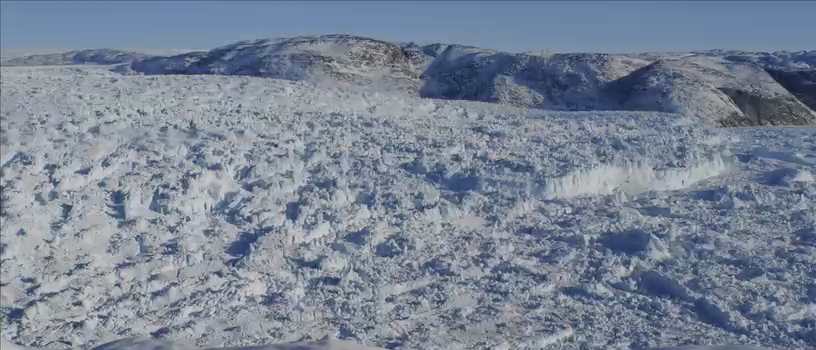
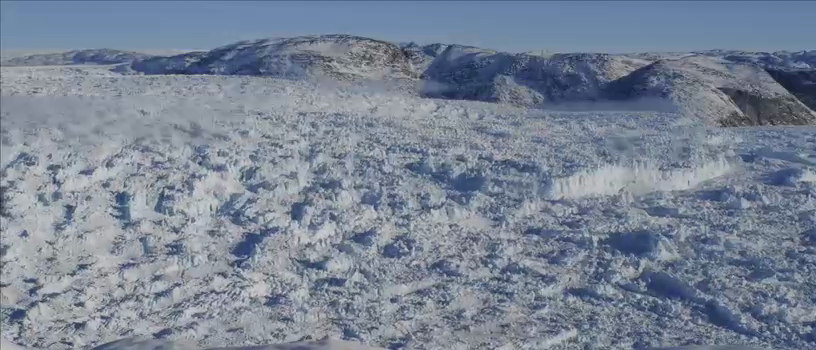
|
|
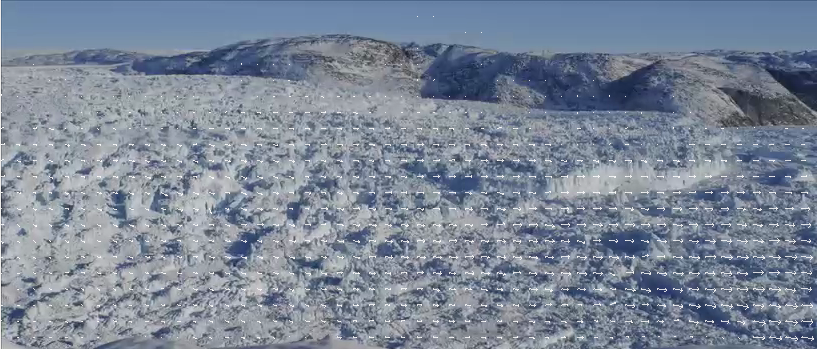 |
|
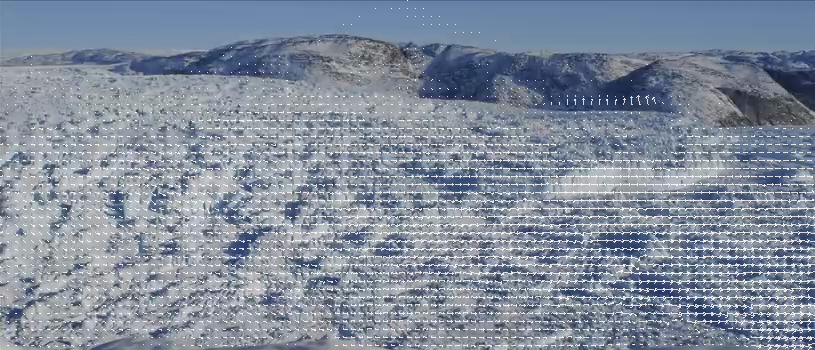 |
|
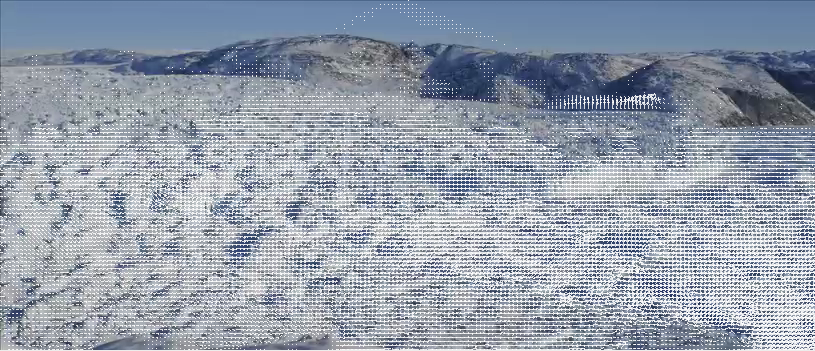 |
|
| The length of the flow vectors. | |
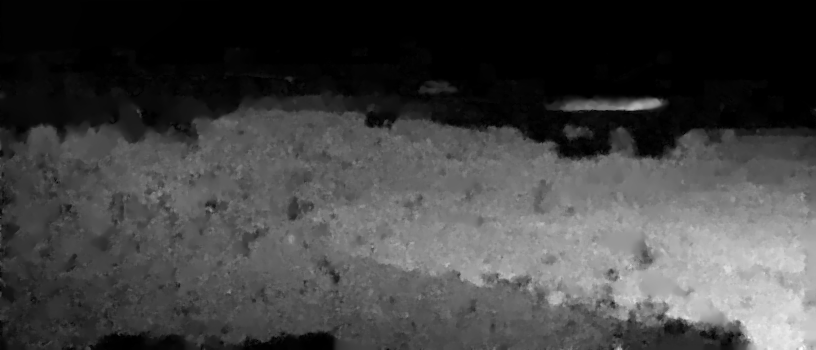 |
|
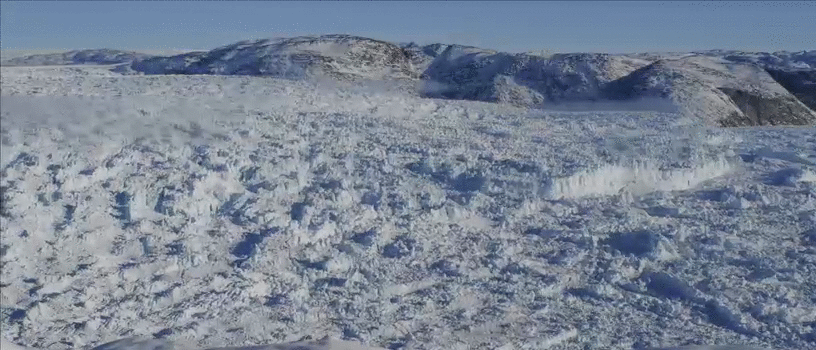 |
|
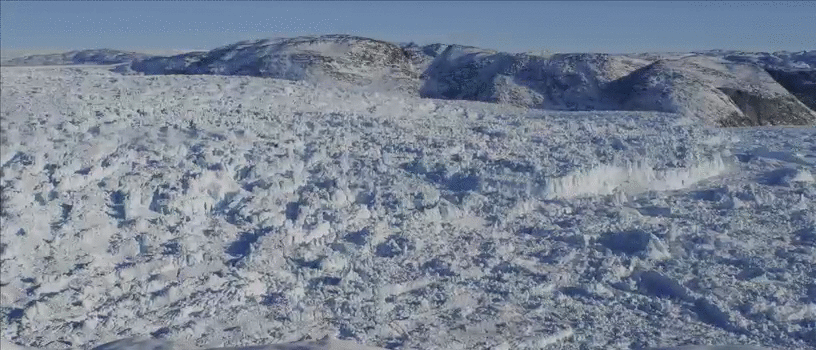 |
|
| Input images (727 and 728) | |
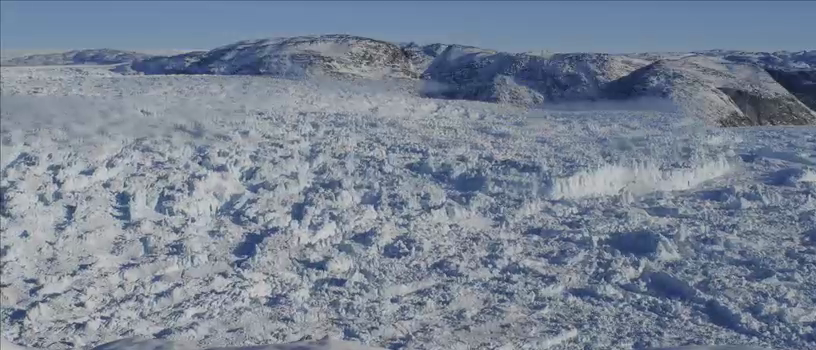
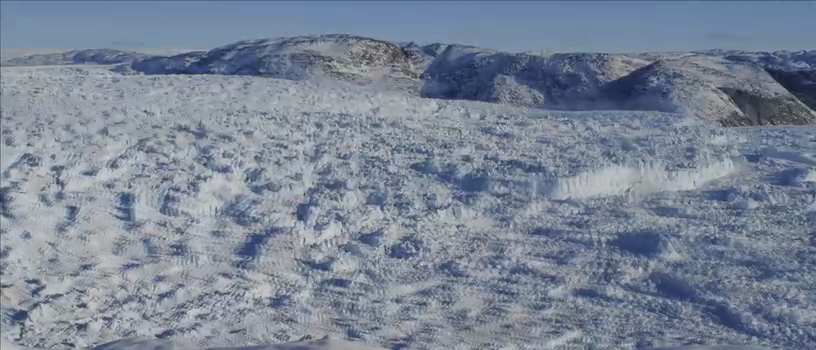
|
|
| Flow vectors (on 727) | |
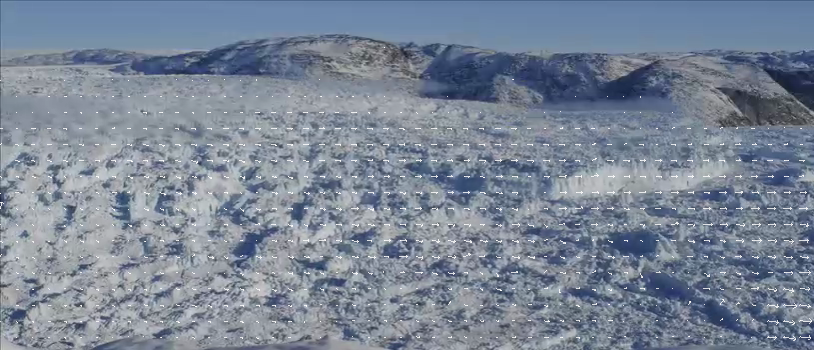 |
|
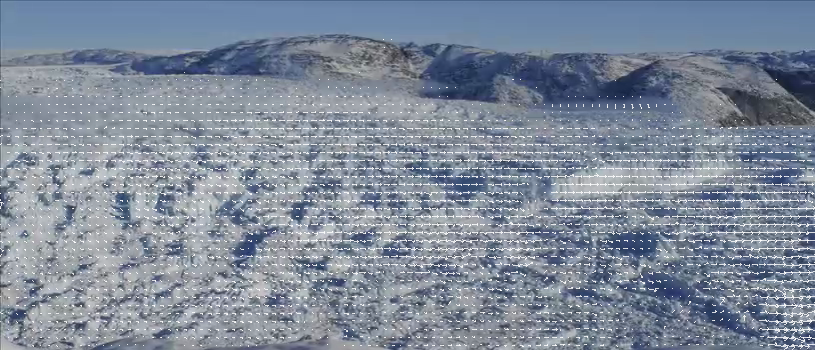 |
|
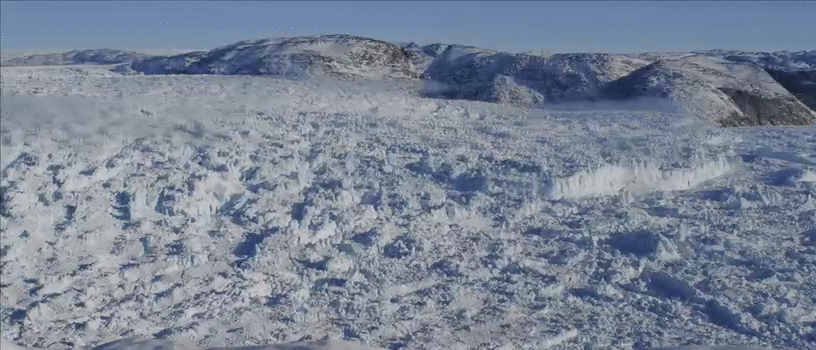 |
|
mplayer GL-07_2008-08-29_LAN.mov -vo pnm
for i in `seq 724 1 725`; do ./flow_vari /tmp/`printf %08d.tga $i` /tmp/`printf %08d.tga $(($i+1))` --bidi=1; cp /tmp/d12.flo /tmp/gflow/`printf d-%04d.flo $i`; cp /tmp/d12-len.png /tmp/gflow/`printf d-%04d.png $i`; done